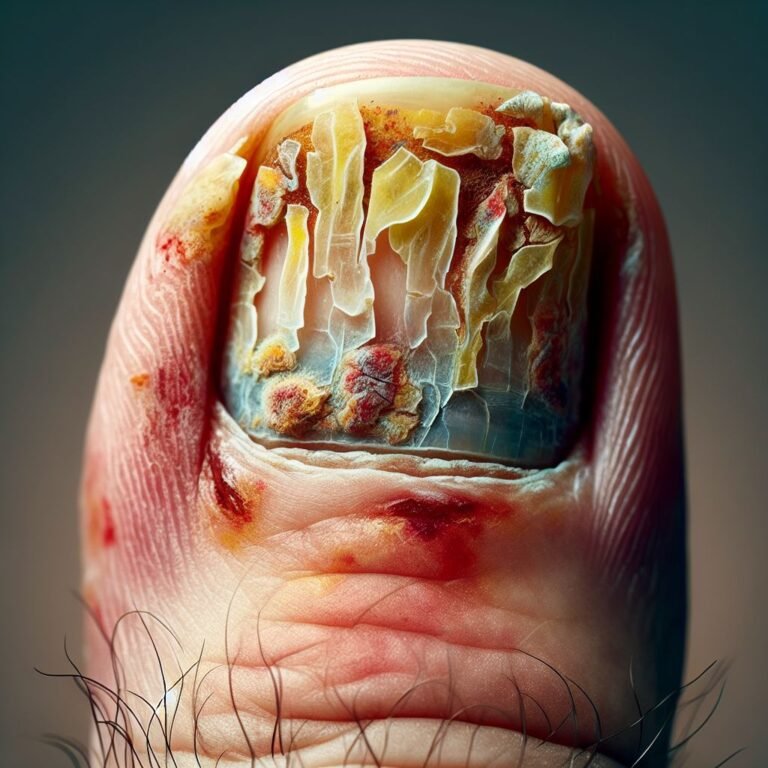[ad_1]
Cardiovascular disease (CVD) is one of the leading causes of death in the world. It encompasses a range of conditions that affect the heart and blood vessels, including coronary artery disease, heart failure, and stroke. Despite the prevalence of CVD, there are many facts and myths surrounding the disease that can be confusing for patients to navigate. In this article, we will break down some of the most common facts and myths about CVD.
Fact: CVD is preventable
One of the most important facts about CVD is that it is largely preventable. Adopting healthy lifestyle habits such as eating a nutritious diet, getting regular physical activity, not smoking, and maintaining a healthy weight can help reduce your risk of developing CVD. Additionally, managing conditions such as high blood pressure, high cholesterol, and diabetes can also reduce your risk.
Myth: Only older adults are at risk for CVD
While it is true that the risk of CVD increases with age, younger adults can also develop the disease. In fact, lifestyle factors such as poor diet, lack of exercise, and smoking can increase the risk of CVD in younger individuals. It is important for people of all ages to adopt healthy lifestyle habits and monitor their cardiovascular health regularly.
Fact: Women are also at risk for CVD
Many people believe that CVD is a disease that only affects men. However, women are just as susceptible to developing the disease. In fact, CVD is the leading cause of death in women in the United States. Women should pay attention to their cardiovascular health and talk to their healthcare provider about their risk factors.
Myth: All chest pain is a sign of a heart attack
While chest pain can be a symptom of a heart attack, not all chest pain is indicative of CVD. Other conditions such as acid reflux, anxiety, and muscle strain can also cause chest pain. It is important to seek medical attention if you experience chest pain, but it does not necessarily mean you are experiencing a heart attack.
Fact: Lifestyle changes are important for managing CVD
For those who have already been diagnosed with CVD, lifestyle changes are an important part of managing the disease. Adopting healthy habits such as improving your diet, getting regular exercise, and quitting smoking can help reduce the risk of complications and improve overall cardiovascular health.
Myth: All fats are bad for heart health
While it is important to limit saturated and trans fats in your diet to reduce the risk of CVD, not all fats are bad for heart health. Unsaturated fats such as those found in nuts, seeds, avocados, and fatty fish can actually improve cardiovascular health when consumed in moderation.
In conclusion, understanding the facts and myths surrounding CVD is important for maintaining good cardiovascular health. While the disease is a significant health threat, it is largely preventable through healthy lifestyle habits and managing risk factors. By staying informed about CVD, you can take steps to protect your heart and live a healthier life.
[ad_2]







